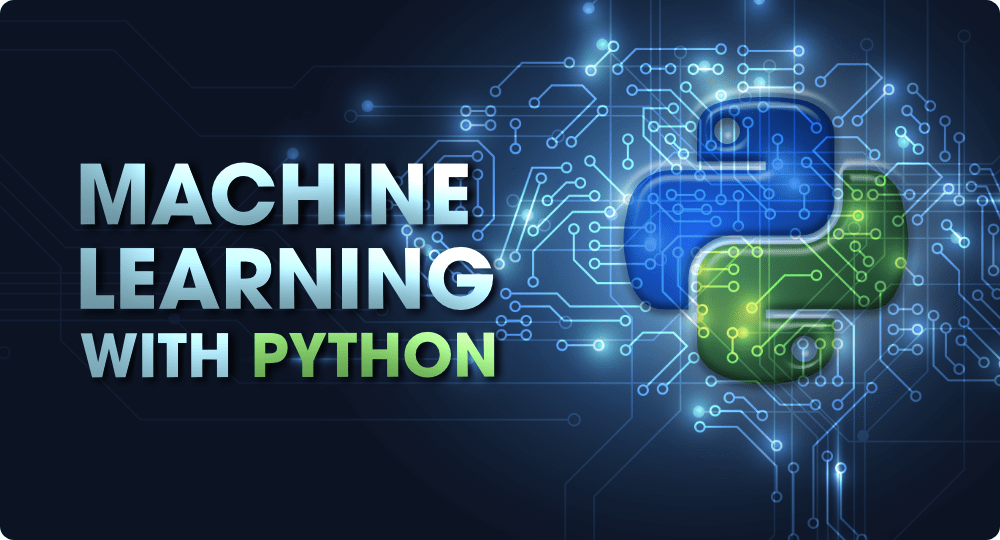
A Guide to Machine Learning with Python
By Udit Agarwal

Machine learning (ML) is nothing but using data to make a machine more intelligent. Machine learning is based on recognizing and learning through patterns in data. Considering how intelligent algorithms are built, they are created by extracting, processing, refining, cleaning, arranging, and then understanding the data. Performing tedious tasks, including the Python implementation process, has helped engineers to validate various ideas.
Machine Learning with Python
Making the utilization of Python for machine learning can help in experiencing things in real. Python offers all the skillsets required for a machine learning or AI project. It includes the skills like stability, flexibility, and a large number of tools. Python helps developers be productive and confident about the product they are manufacturing, from the stages of development to deployment and maintaining the stage.
Why Python for Machine Learning?
Below are some of the reasons reflecting that why everyone is using Python for machine learning –
1. Simple and consistent
Python’s simple syntax allows developers to write codes more quickly, concisely, and readably. This allows the developer to only struggle with the problem’s solution and not the code syntax, increasing the productivity of the overall development process. This simplicity becomes appealing to other developers and urges them to learn Python. It increases the understandability of humans and makes it easier for coders/developers to invent various functional models.

Python is commonly used for building code in collaborative implementation and multi-developer projects. Prototypes built faster as complex machine learning tasks, and the testing process can done quickly. The frameworks, libraries, and extensions are some of the reasons behind the responses.
For learning Python for machine learning, libraries, and frameworks, Python is also can be reasons.
2. Libraries and Frameworks
To ease the development process, the developer would helped by several Python libraries and frameworks. It is nothing but a pre-written code that can used to resolve a common programming problem. Python has a rich bank of libraries for machine learning, including TensorFlow, Keras, Scikit-learn, Numpy, Scipy, Pandas, Seaborn, and many more. Some of them are specifically designed for scientific and advanced computing. Pandas are generally used for Data analysis, and Seaborn is specifically for data visualization.
Also Read: Securing your Application with JSON Web Tokens
3. Platform Independence
Platform Independence generally states that one can freely shift from one machine to another without modifying the code. This functionality is allowed by Python’s framework. With the help of this particular feature, python has gained a massive level of popularity. It supports various platforms, such as- Windows, macOS, and Linux. Most companies use their powerful GPU-equipped machines to train machine-learning models. Python’s platform independence can make training more affordable and accessible.

4. Great Community Base
The community of Python has grown all across the globe, especially in the world of machine learning and data science. There is an involvement of active communities that contribute to the extensive exchange of information. Any problem that comes across the system solved by it successfully. Hence you can find guidance and bits of advice at any level.
Conclusion
Machine learning has had a massive effect on the current world in which we are living. Developers are choosing Python for solving development-related problems. Apart from Python are various other languages used for AI projects, but Python is cutting edges of all, with significant considerations. People who practice Python believe that Python is a language that is well suited for machine learning and AI.